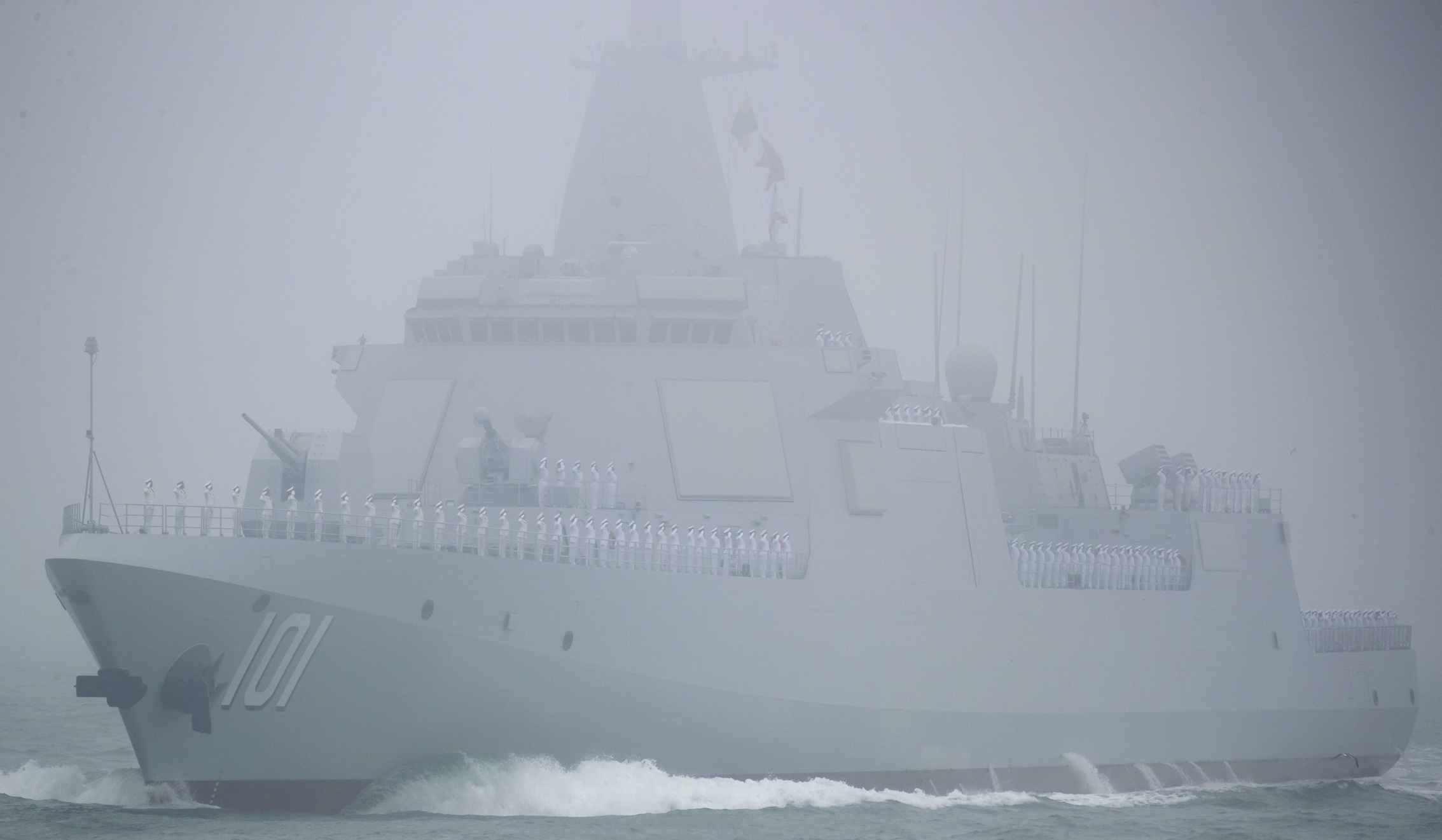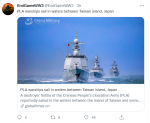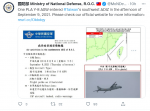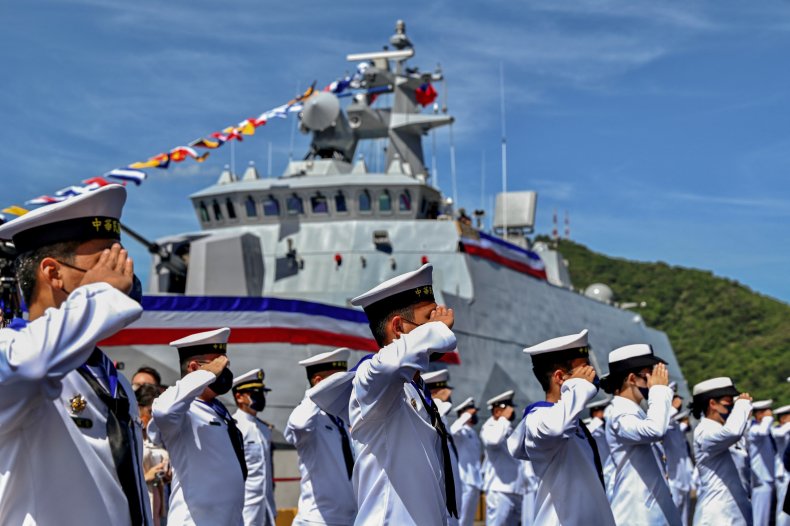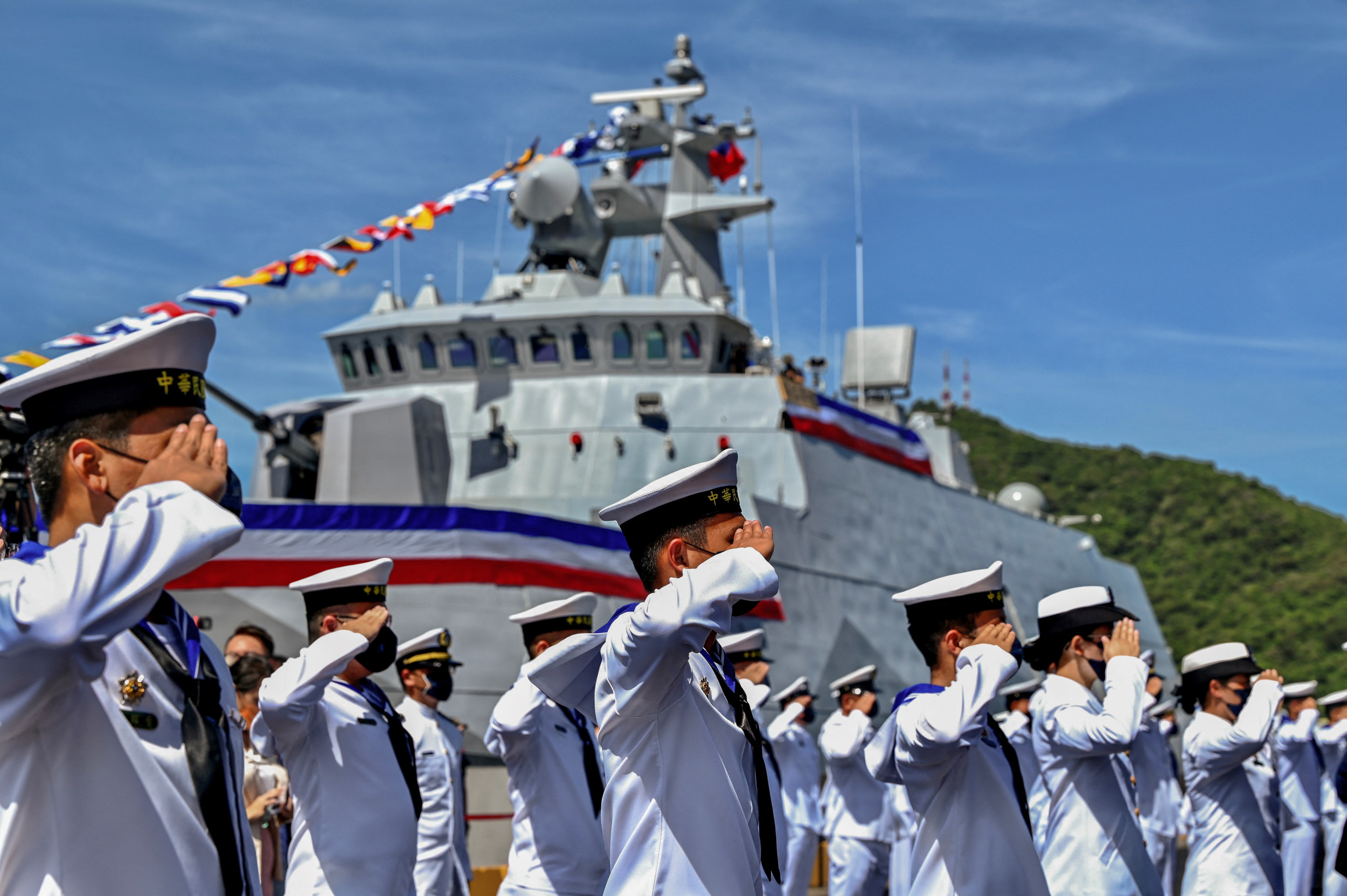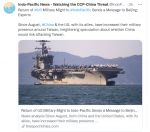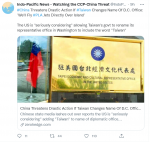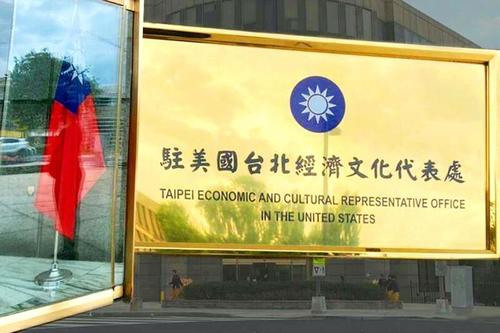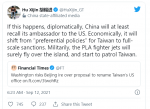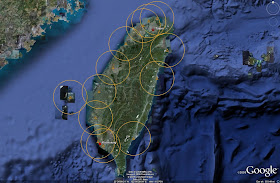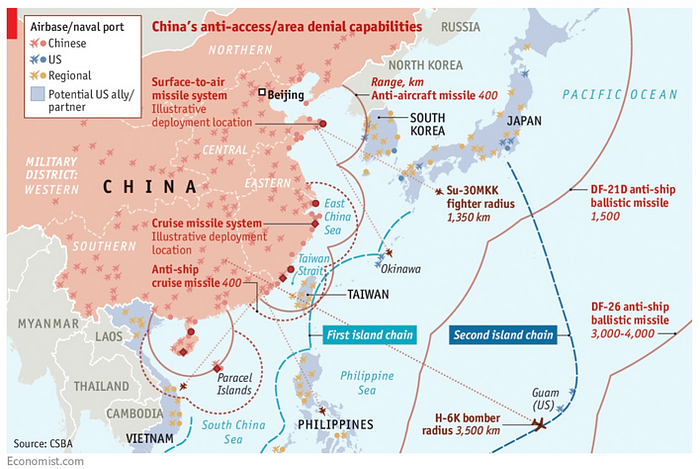northern watch
TB Fanatic
China Is Hoarding Crude Again, And That’s Great News For Oil Prices
By Alex Kimani - Sep 02, 2021, 7:00 PM CDT
Oil price
After recording the worst monthly loss this year in August, the oil markets have kicked off trading in September on a much brighter note on a trifecta of positive developments. Crude oil prices have been inching up after OPEC+ agreed to keep its current production agreement in place, in effect maintaining the 400K bbl/day hike scheduled for October, thus signaling that the markets are healthier than earlier feared. Reuters has also reported that OPEC+ will raise its 2022 oil demand growth forecast to 4.2M bbl/day from its previous outlook of 3.28M bbl/day.
Meanwhile, the latest data by the Energy Information Administration (EIA) shows that U.S. crude oil inventories fell much more than expected last week despite domestic production climbing to a 15-month-high. U.S. crude stockpiles fell by 7.2M barrels to 425.4M barrels, ~6% below the five-year average.
But the most encouraging piece of news yet is that crude demand in China has started showing signs of a strong recovery after the country reopened its economy and Beijing moves closer to finalizing a probe into its independent refiners, thus allowing so-called teapots to resume importing crude.
After nearly five months of slower purchases due to a shortage of import quotas, COVID-19 lockdowns that muted fuel consumption and drawdowns from high inventories, demand for spot crude by the world's biggest importer of the commodity is now on a recovery path.
Lockdowns easing
Since April, weak consumption in China as well as a sharp drop in China's refining output to 14-month lows have depressed the prices of staple crude grades from West Africa and Brazil to multi-month lows.
But analysts are now saying that Chinese crude importers are ramping up purchases and even paying higher premiums to secure supplies from November onwards thanks to lockdown restrictions easing.

Source: Bloomberg
About a month ago, authorities in Beijing reimposed massive lockdowns by curtailing public transport and taxi services in 144 of the worst-hit areas by the delta variant nationwide, including train service and subway usage in Beijing.
That seemed like overkill, with less than 1,000 cases of the delta virus reported nationwide and a good 61% of the population already fully vaccinated. However, Beijing opted to employ its tried-and-tested method of targeted lockdown that has been successful in stopping no less than 30 Covid-19 flare-ups in the past. The capital city of Beijing implemented quarantines for visitors from high-risk areas, halted the use of community spaces for entertainment, and also limited the number of visitors allowed at parks and scenic areas.
Chinese authorities also urged people to cancel vacations and business trips, especially those from high-risk areas, and also advised college students to delay their return to school for the new semester.
"Vaccination is not equal to entering a safe or carrying a talisman. Personal protective measures still cannot be relaxed and vaccination cannot replace containment measures. Let's hold on until we score the ultimate victory against the outbreak," Qi Jinli, deputy director of Beijing's Covid-19 response taskforce, said at the time.
Well, it appears that Beijing has come out on top, once again.
"The developments out of China are reigniting expectations that oil demand would start to rise again," said Phil Flynn, senior market analyst at Price Futures Group Inc. has told Bloomberg.
Return of the teapots
Three months ago, in a dramatic reversal of fortunes, Beijing announced huge cutbacks in import quotas for the country's private oil refiners. According to Reuters, China's independent refiners were awarded a combined 35.24 million tons in crude oil import quotas in the second batch of quotas this year, a 35% reduction from 53.88 million tons for a similar tranche a year ago.
The big reduction came as part of a government crackdown on private Chinese refiners known as teapots, which have become increasingly dominant over the past five years. This was intended to allow Beijing to more precisely regulate the flow of foreign oil as it doubles down on malpractices such as tax evasion, fuel smuggling, and violations of environmental and emissions rules by independent refiners.
The move was also intended to claw back control of China's crude refining sector from private refiners to state-owned refineries. And it's reminiscent of its earlier crackdown on big tech operations that were getting dangerously powerful and seen to be threatening party politics.
China's teapots have been steadily grabbing market share from entrenched state players such as China Petroleum and Chemical Corporation (NYSE:SNP), also known as Sinopec, and PetroChina Co. (NYSE:PTR) ever since Beijing partially liberalized its oil industry in 2015. Teapots currently control nearly 30% of China's crude refining volumes, up from ~10% in 2013.
But traders are now growing optimistic that Beijing will soon wrap up a probe on the teapots. Indeed, a fourth batch of quota is expected to be issued in September or October, which could revive demand from independent refiners.
Something else working in the teapots' favor is that crude stocks by China's national oil companies are very low, and private refiners could help bridge the shortfall. Imports into China's Shandong province, home to most teapots, fell below 3 million barrels in both July and August, compared with ~3.6 million barrels on average in the first half of 2021.
China's central bank has also said it will try and stabilize the supply of credit and increase the amount of money supporting smaller businesses. There are expectations for further stimulus targeting the infrastructure sector, manufacturing, and real estate after the July slowdown left the economic situation looking bleak.
By Alex Kimani for Oilprice.com
China Is Hoarding Crude Again, And That’s Great News For Oil Prices | OilPrice.com
By Alex Kimani - Sep 02, 2021, 7:00 PM CDT
Oil price
After recording the worst monthly loss this year in August, the oil markets have kicked off trading in September on a much brighter note on a trifecta of positive developments. Crude oil prices have been inching up after OPEC+ agreed to keep its current production agreement in place, in effect maintaining the 400K bbl/day hike scheduled for October, thus signaling that the markets are healthier than earlier feared. Reuters has also reported that OPEC+ will raise its 2022 oil demand growth forecast to 4.2M bbl/day from its previous outlook of 3.28M bbl/day.
Meanwhile, the latest data by the Energy Information Administration (EIA) shows that U.S. crude oil inventories fell much more than expected last week despite domestic production climbing to a 15-month-high. U.S. crude stockpiles fell by 7.2M barrels to 425.4M barrels, ~6% below the five-year average.
But the most encouraging piece of news yet is that crude demand in China has started showing signs of a strong recovery after the country reopened its economy and Beijing moves closer to finalizing a probe into its independent refiners, thus allowing so-called teapots to resume importing crude.
After nearly five months of slower purchases due to a shortage of import quotas, COVID-19 lockdowns that muted fuel consumption and drawdowns from high inventories, demand for spot crude by the world's biggest importer of the commodity is now on a recovery path.
Lockdowns easing
Since April, weak consumption in China as well as a sharp drop in China's refining output to 14-month lows have depressed the prices of staple crude grades from West Africa and Brazil to multi-month lows.
But analysts are now saying that Chinese crude importers are ramping up purchases and even paying higher premiums to secure supplies from November onwards thanks to lockdown restrictions easing.

Source: Bloomberg
About a month ago, authorities in Beijing reimposed massive lockdowns by curtailing public transport and taxi services in 144 of the worst-hit areas by the delta variant nationwide, including train service and subway usage in Beijing.
That seemed like overkill, with less than 1,000 cases of the delta virus reported nationwide and a good 61% of the population already fully vaccinated. However, Beijing opted to employ its tried-and-tested method of targeted lockdown that has been successful in stopping no less than 30 Covid-19 flare-ups in the past. The capital city of Beijing implemented quarantines for visitors from high-risk areas, halted the use of community spaces for entertainment, and also limited the number of visitors allowed at parks and scenic areas.
Chinese authorities also urged people to cancel vacations and business trips, especially those from high-risk areas, and also advised college students to delay their return to school for the new semester.
"Vaccination is not equal to entering a safe or carrying a talisman. Personal protective measures still cannot be relaxed and vaccination cannot replace containment measures. Let's hold on until we score the ultimate victory against the outbreak," Qi Jinli, deputy director of Beijing's Covid-19 response taskforce, said at the time.
Well, it appears that Beijing has come out on top, once again.
"The developments out of China are reigniting expectations that oil demand would start to rise again," said Phil Flynn, senior market analyst at Price Futures Group Inc. has told Bloomberg.
Return of the teapots
Three months ago, in a dramatic reversal of fortunes, Beijing announced huge cutbacks in import quotas for the country's private oil refiners. According to Reuters, China's independent refiners were awarded a combined 35.24 million tons in crude oil import quotas in the second batch of quotas this year, a 35% reduction from 53.88 million tons for a similar tranche a year ago.
The big reduction came as part of a government crackdown on private Chinese refiners known as teapots, which have become increasingly dominant over the past five years. This was intended to allow Beijing to more precisely regulate the flow of foreign oil as it doubles down on malpractices such as tax evasion, fuel smuggling, and violations of environmental and emissions rules by independent refiners.
The move was also intended to claw back control of China's crude refining sector from private refiners to state-owned refineries. And it's reminiscent of its earlier crackdown on big tech operations that were getting dangerously powerful and seen to be threatening party politics.
China's teapots have been steadily grabbing market share from entrenched state players such as China Petroleum and Chemical Corporation (NYSE:SNP), also known as Sinopec, and PetroChina Co. (NYSE:PTR) ever since Beijing partially liberalized its oil industry in 2015. Teapots currently control nearly 30% of China's crude refining volumes, up from ~10% in 2013.
But traders are now growing optimistic that Beijing will soon wrap up a probe on the teapots. Indeed, a fourth batch of quota is expected to be issued in September or October, which could revive demand from independent refiners.
Something else working in the teapots' favor is that crude stocks by China's national oil companies are very low, and private refiners could help bridge the shortfall. Imports into China's Shandong province, home to most teapots, fell below 3 million barrels in both July and August, compared with ~3.6 million barrels on average in the first half of 2021.
China's central bank has also said it will try and stabilize the supply of credit and increase the amount of money supporting smaller businesses. There are expectations for further stimulus targeting the infrastructure sector, manufacturing, and real estate after the July slowdown left the economic situation looking bleak.
By Alex Kimani for Oilprice.com
China Is Hoarding Crude Again, And That’s Great News For Oil Prices | OilPrice.com








